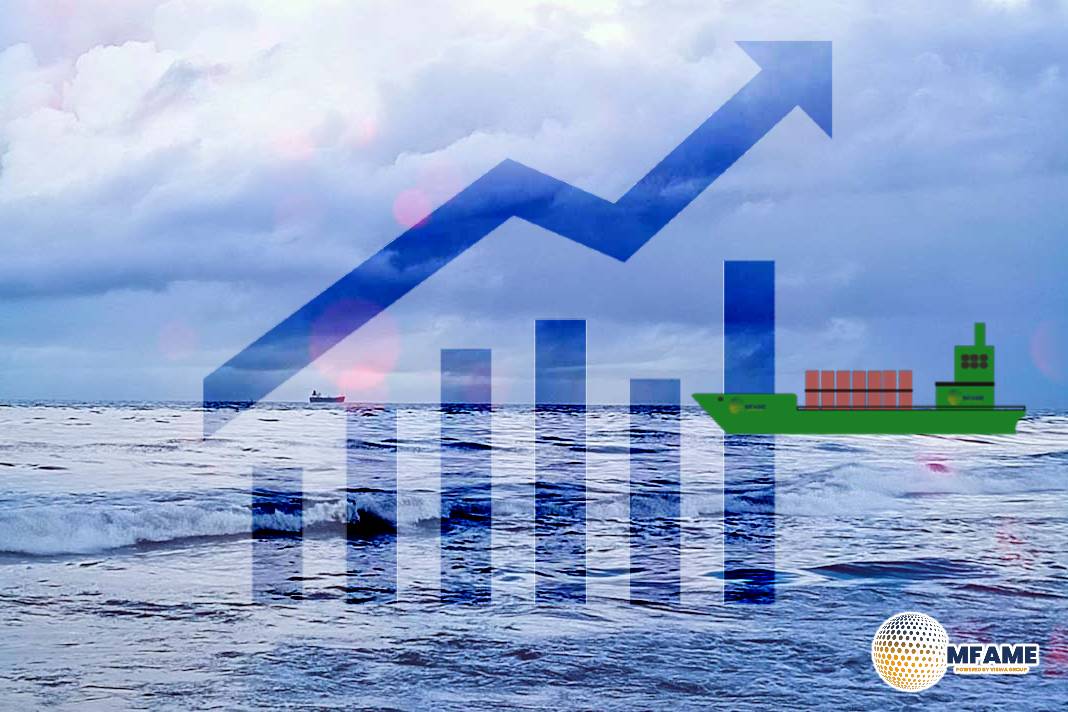- Global shipping faces fresh uncertainty in February 2025, with new U.S. tariffs disrupting supply chains and a potential ceasefire in Gaza bringing temporary stability to Red Sea routes.
- Container shipping rates are dropping faster than usual post-Chinese New Year, signaling pricing weakness and potential overcapacity in the market.
- If peace holds in Gaza, the shift back to Suez could cause short-term chaos in shipping networks, while U.S. trade policies may reshape global supply chains over the long term.
February 2025 started on a positive note for global shipping, with the U.S. East Coast strike averted and a ceasefire in Gaza offering hope for stability in the Red Sea. However, new U.S. tariffs imposed by President Trump have introduced fresh uncertainty, reshaping global trade flows in the short and long term, reports Baltic Exchange.
Major Disruptions Impacting Shipping
Carrier Alliances Reshuffling:
- Maersk & Hapag-Lloyd launched the Gemini network
- Premier Alliance adjusted routes after Hapag-Lloyd’s exit
- MSC rolled out its own standalone network
- These changes have caused temporary chaos as vessels adjust to new service patterns.
Falling Spot Rates:
- Rates always drop after Chinese New Year, but this year’s decline is steeper than usual, signaling a weaker market.
- Sea-Intelligence and Container Trade Statistics show a sharp drop in utilization on Pacific and Asia-Europe routes since November 2024, foreshadowing further rate declines.
Impact of Gaza Ceasefire on Red Sea Trade:
- Houthi rebels have stated they won’t attack merchant vessels during the ceasefire, but uncertainty remains after the six-week truce.
- If peace is permanent, the rapid return to Suez could cause shipping network disruptions and port congestion in Europe.
- Overcapacity concerns loom—global fleet growth (10.5%) outpaced demand growth (6%), meaning rates could drop to loss-making levels again, similar to Q4 2023.
U.S. Tariffs & Global Trade Shifts
New U.S. Tariffs (Feb. 2025):
- 25% tariffs on Canada & Mexico (postponed for a month)
- 10% tariffs on China
- 25% Canadian tariffs on select U.S. goods
- Potential tariffs on the EU pending
Short-Term Impact:
- Shippers have no choice but to pay higher tariffs in the immediate future.
Medium-Term Impact:
- Supply chains will adapt, shifting manufacturing from China to Southeast Asia and Mexico, much like during Trump’s first presidency.
- Some countries and ports will benefit, while others suffer.
Long-Term Risks:
- Trump’s trade policies could erode global confidence in U.S. trade commitments.
- If doubts arise over the U.S.’s willingness to honor debts, there could be a sell-off of U.S. bonds and major economic shifts.
Did you subscribe to our daily Newsletter?
It’s Free Click here to Subscribe!
Source: Baltic Exchange























